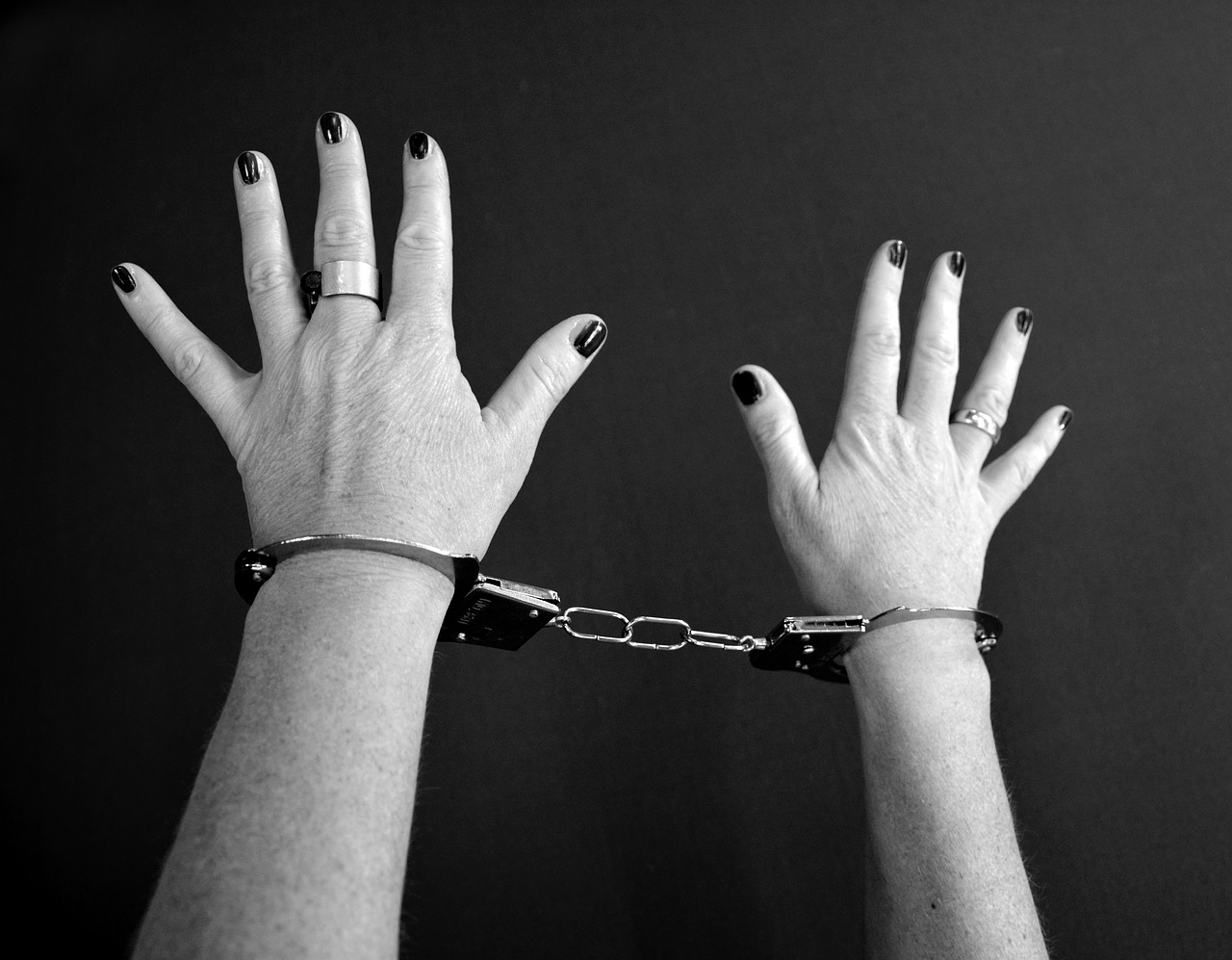By Nadine Ono.
Many women incarcerated in Santa Cruz County have a history of childhood trauma, addiction and mental illness and are involved in a cycle of inter-generational incarceration. Those are some of the findings of a research profile based on extensive interviews with women incarcerated in the county.
According to “Gender Matters: A Profile of Women in Santa Cruz County Jail,” women are likely to have different experiences in jail than men and also different pathways into the criminal justice system.
Dr. Susan Greene, a research associate in the Psychology Department at University of California Santa Cruz and a justice system consultant, interviewed 31 women in custody over a three-month period in 2016.
The research showed that:
- Women are more likely to have suffered experiences of trauma from sexual and/or physical abuse and violence.
- Women have higher rates of mental illness.
- Women respond to custody, programming, and supervision differently.
- Women have different employment histories and opportunities.
- Mothers generally have greater parenting responsibilities.
“More than half of the women were first arrested either under the influence or possession,” said Dr. Greene. And one of the interview subjects explained why, “[I started using] cause of the way it made me feel, then I was physically addicted and I couldn’t stop. Now it’s that I just can’t stop.”
Self-medicating is a response, Dr. Greene explained, “to the severe histories of childhood trauma that many women who end up cycling through our jails have endured and high rates of mental illness and addiction that is oftentimes a coping response to the pain that comes from these experiences of trauma that haven’t had any healing that lands them in the justice system.”
Women are also booked and released more often than men and spend less time in jail. Dr. Greene’s report cited the Santa Cruz Jail Utilization Study conducted by the CA Fwd’s Justice System Change Initiative team which showed only 16 percent of the women booked stayed more than four days in jail as opposed to 27 percent of men. This shows that the women are being arrested for non-violent crimes and do not pose a significant threat to public safety. It may also show that women are subject to the punitive nature of drug policies, which could be better solved through health services.
The study also showed that more than half of the women interviewed had at least one parent who was incarcerated and three out of four have become an incarcerated parent.
“I was in a foster home at months old — my mom had me while she was jail,” said one interview subject. “Got sent to the system right after and she got out of jail and went to go get us.”
The analysis can be an opportunity for Santa Cruz County to either find or create models to successfully transition mothers back to the community, according to Dr. Greene. “These mothers represent an opportunity for prevention and that, by investing in trying to better meet their needs, it helps them achieve their own rehabilitative goals and also helps their kids from encountering some of the same circumstances and cycles of pain, trauma, addiction and incarceration.”
The profile was presented to the Santa Cruz County Board of Supervisors and included several recommendations:
- Select and implement a validated, gender-specific classification tool to collect information on factors known to be important to women.
- Redesign staffing and programming at Santa Cruz County’s Blaine Street Women’s Facility to meet the needs identified in this profile.
- Design in-custody services based on length of stay and connect women to community-based support as early as possible during their incarceration.
- Recognize the dual role of motherhood as vital to both a mother’s own rehabilitation and helping crime prevention efforts for the next generation.
- Train staff in gender-responsive, trauma-informed practices.
- Evaluate and expand the use of medication-assisted treatment in accordance with evidence-based medical practices to address both the risks of detoxing in custody and ongoing needs for addiction treatment.
- Collaborate with local leaders to prevent releasing individuals into homelessness.
- Build evaluation into the design of new programs with periodic check-ins with staff and participants for feedback and improvements.
The research results conclude that Santa Cruz County and other counties should rethink the goals of incarceration and identify what should be addressed when working with women in custody. Added Dr. Greene, “There are differences. And how do we meet the needs of women? Because if we ignore them and just follow policies that are based mostly on men by default, we perpetuate inequities.”
[divider] [/divider]





